- News & information
- About
- History
- George V. Voinovich
- George V. Voinovich Collection
- Calendar
- How to Find Us
- News
- Archives
- Photojournalism Fellowship Project
- Photo Essays
- Current Fellow
- Previous Fellows
- Reports and Publications
- Archives
- Students
- Prospective
- Center for Entrepreneurship
- Environmental Studies
- HTC/Voinovich School Scholars
- Master of Public Administration
- Current
- HTC/Voinovich School Scholars
- Center for Entrepreneurship
- Environmental Studies
- Master of Public Administration
- Alumni
- Contact
- School Leadership
- Strategic Partners Alliance
- Ohio University Public Affairs Advisory Committee
- Ohio University Public Affairs Advisory Committee
- Faculty and Fellows
- Faculty
- Visiting Professors
- Voinovich Fellows
- Professional Staff
About Me
I was Director of the Edwards Accelerator Laboratory and an Associate Professor in the Department of Physics and Astronomy at Ohio University. My research was primarily in the field of nuclear astrophysics.
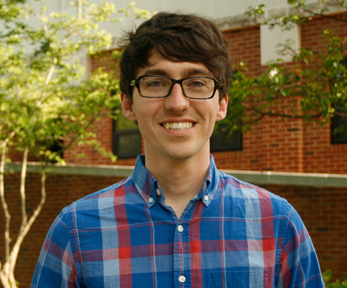
Brief Bio:
My primary research foci were the origin of the elements and the nuclear physics of transient phenomena involving compact stellar objects. I also investigated the structural evolution of nuclei, nuclear reactions for intermediate mass nuclides, and the development of nuclear instrumentation and analysis techniques. My primary research methods were low-energy nuclear physics experiments with stable and radioactive ion beams, coupled with astrophysics model calculations using open-source software. I briefly describe my work in general terms in this video
and in a public lecture you can find here
. I was a member of the Institute of Nuclear and Particle Physics
and was affiliated with the Joint Institute for Nuclear Astrophysics
and International Research Network for Nuclear Astrophysics.
I taught undergraduate and graduate courses in the Physics and Astronomy Department at Ohio University
, as well as participated in science outreach events as a lecturer.
Research
Nuclear astrophysics and experimental low-energy nuclear physics.
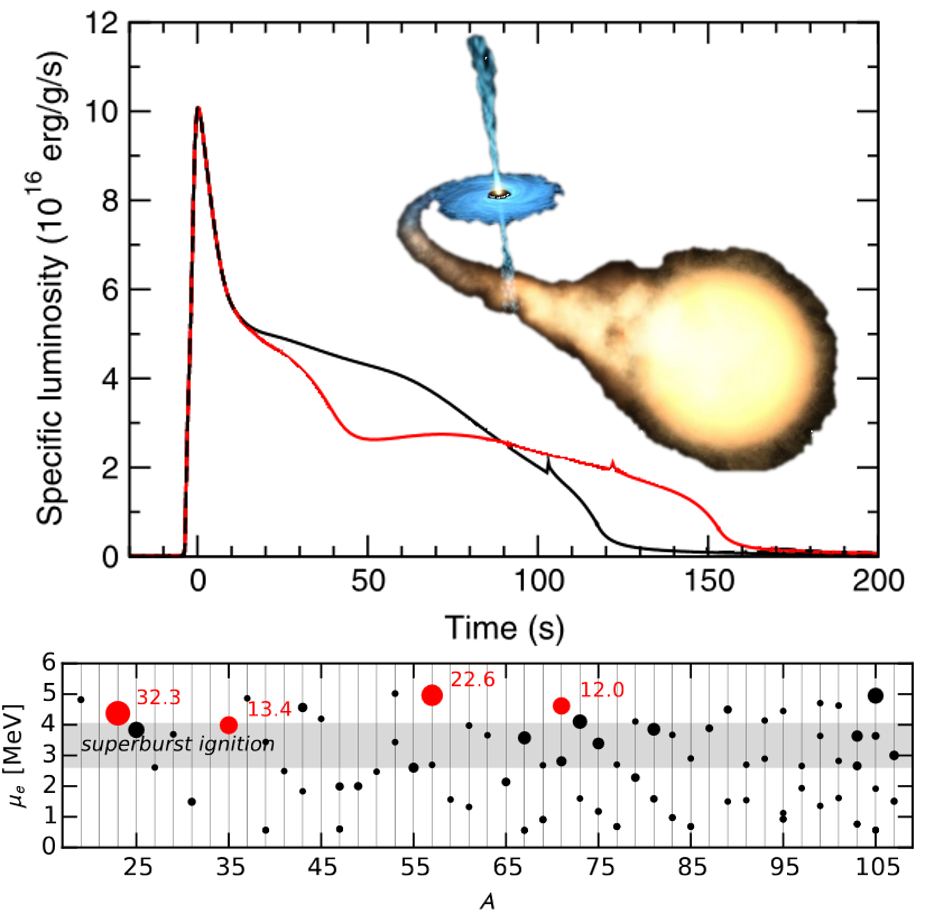
Nuclear Physics of Accreting Neutron Stars
Neutron stars that siphon material from binary companions are host to numerous astronomical observables that probe the behavior of high density matter at low temperatures, such as x-ray bursts and quasipersistent transients. My group worked to improve our understanding of these events by studying the underlying nuclear physics through laboratory experiments and astrophysics model calculations. Our primary aims were to reduce and remove nuclear physics uncertainties present in predictions of x-ray burst light curves and in the production of and impact of urca cooling nuclides on accreting neutron stars. I briefly describe our reserch in general terms in this video and in a public lecture you can find here . I discussed a particular project from late 2019 with AAS journals editor Frank Timmes to kick off their author interview series, which can be found here .
Go to research highlightsNucleosynthesis in the Universe
Though a subject of study for nearly 100 years, the origin of the elements remains an outstanding mystery. My group worked to improve the situation by measuring nuclear reactions thought to play a role in element formation at the energies of relevance to astrophysical scenarios and assessing their impact in astrophysics model calculations. Our primary aims were to reduce and remove the substantial uncertainties unknown (α,n) reaction rates contribute to predictions for the production of the as-yet unaccounted-for elements of ~zinc-to-tin in the neutron-rich ν-driven winds of core-collapse supernovae and to identify and constrain important reaction rates for nucleosynthesis in the core-collapse supernova post-bounce shock. I briefly describe our reserch in general terms in this video and in a public lecture you can find here .
Go to research highlights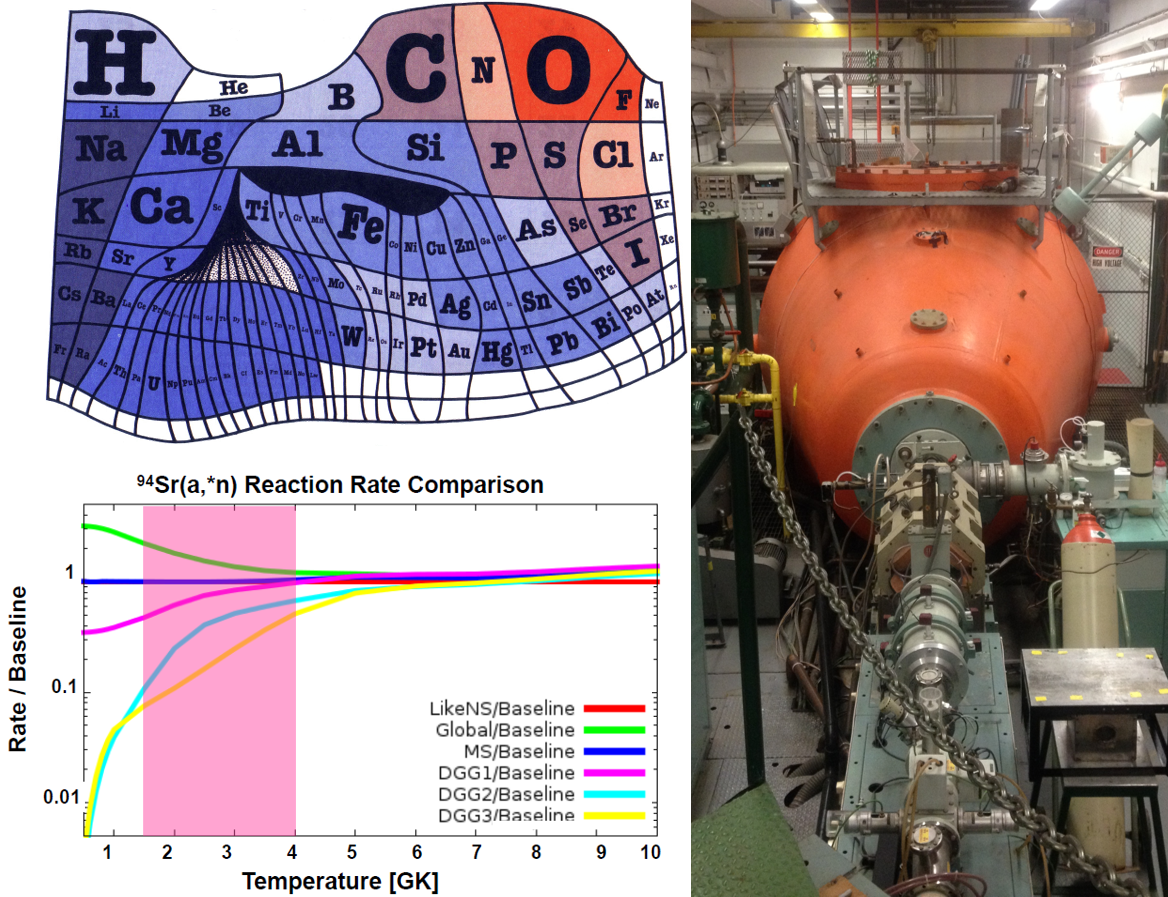
Teaching
Undergraduate and graduate physics and astronomy courses and science outreach.
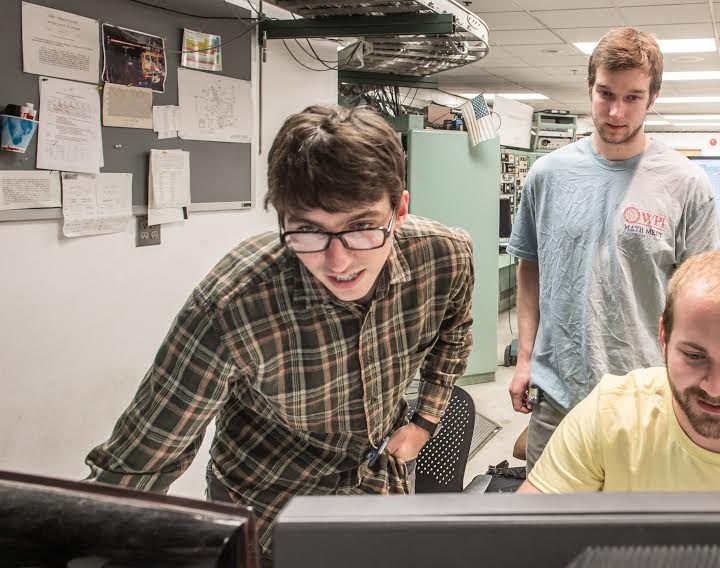
Graduate Courses
Courses taught include PHYS 6751 – Graduate Laboratory: Nuclear and Particle (Fall 2016) and PHYS 7501 – Particles and Nuclei I (Fall 2017,2019,2021). In PHYS 6751 we gained hands-on experience with low-energy nuclear physics laboratory and analysis techniques. In PHYS 7501 we discussed major topics in low-energy nuclear physics, emphasizing connections to contemporary research. In each course an emphasis was also placed on honing effective written and oral communication.
Go to course webpagesUndergraduate Courses
Undergraduate courses I have taught include PHYS 2001 – Introduction to Physics (Spring 2017,2018,2019,2020), PHYS 4031 – Electricity and Magnetism I (Fall 2018), ASTR 4201 – Stellar Physics and Radiaiton (Fall 2020), and ASTR 1000 – Survey of Astronomy (Spring 2021,2022). In PHYS 2001 our goal was to gain a basic understanding of Newtonian mechanics, waves, and thermodynamics, while avoiding the use of calculus. In PHYS 4031 we covered the basics of electrostatics and magnetostatics. In ASTR 4201 we covered the introductory astrophysics of stars. ASTR 1000 consists of a brief overview of main topics in astronomy. My introductory astronomy videos are available on YouTube here and my upper-level undergraduate astrophysics videos can be found on YouTube here .
Go to course webpages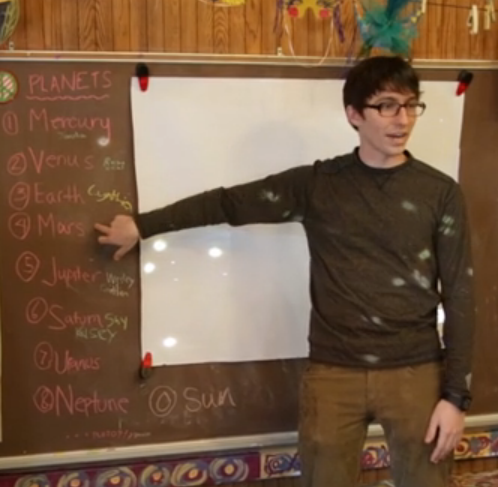
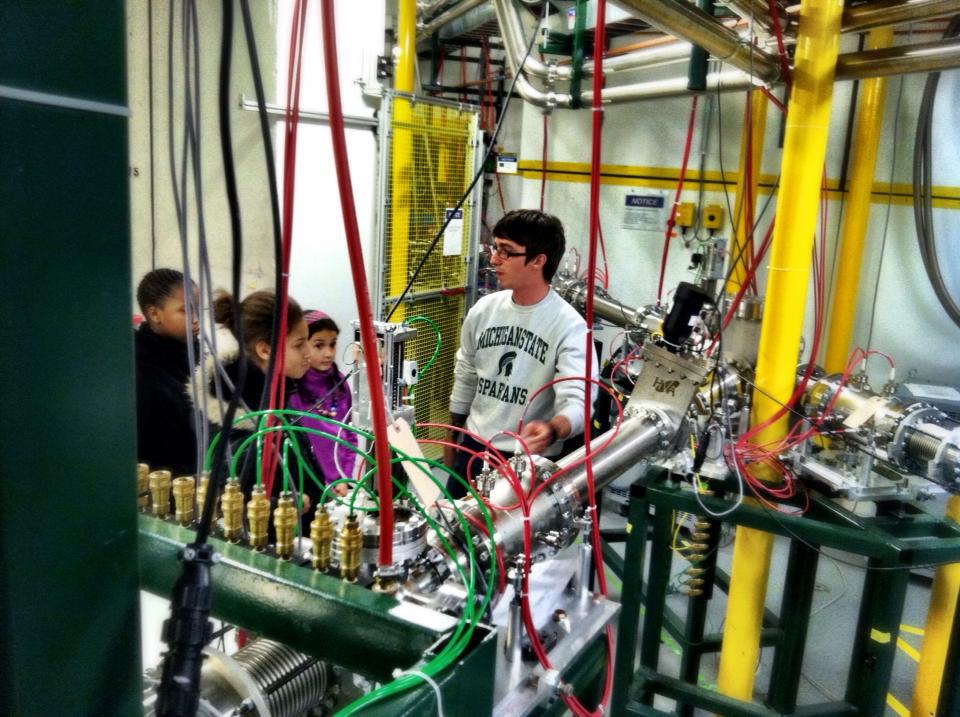
Outreach
I participated in several outreach endeavors in the past, including lecturing for elementary, middle, and high school science camps, and serving as a tour guide for nuclear physics facilities.
Go to outreach highlightsContact Me
204 Edwards Accelerator Laboratory
Ohio University
Athens, Ohio, 45701 USA
Email: meisel@ohio.edu
Phone: 740-593-1973
Contact Information:
(740) 593–9381 | Building 21, The Ridges
Ohio University Contact Information:
Ohio University | Athens OH 45701 | 740.593.1000 ADA Compliance | © 2018 Ohio University . All rights reserved.
